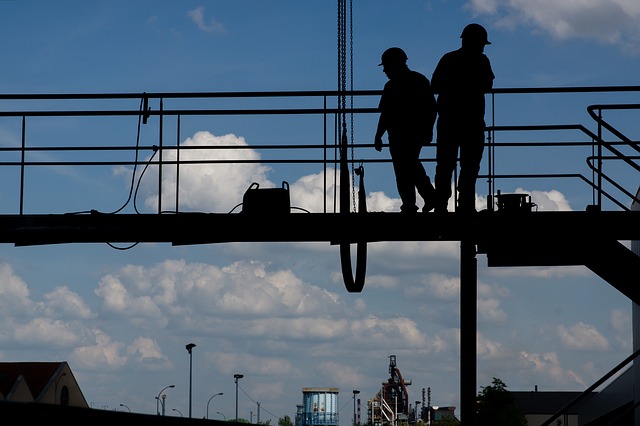This year’s recently concluded World Congress on Safety and Health at Work gathered global experts on occupational wellness to Singapore, with the goal of setting the course for the future of employee safety.
Held in conjunction with the congress was the International Safety and Health Exhibition, where tech firms showcased just what that future might look like.
Certis Group Singapore, the nation’s largest security organisation, showed off their latest workplace surveillance system, featuring multiple-camera setups processing state-of-the-art facial and object-recognition technology. The system is designed to be a real-time detection tool for unsafe practices.
The yet-unnamed surveillance system is perfect for construction sites, functioning as a virtual foreman. It is capable of detecting when workers aren’t wearing safety gear, such as vests and helmets, sending alerts back to a firm’s headquarters for remote monitoring.
With their facial-recognition technology, the system can also scan through workplaces for trespassers, running their faces against a pre-approved database. With their object-detection technology, the system can help detect safety items located in a room, such as fire extinguishers and first-aid kits, for quick access.
IT solutions company Fujitsu exhibited a specialised wearable designed to tackle vehicular safety – the leading cause of workplace deaths in Singapore. Their Driver Drowsiness Detector is capable of tracking a driver’s pulse and other vitals, ensuring they’re always alert on the road.
The device is worn around the neck and clips on to the driver’s earlobes. If the driver’s pulse indicates they may be falling asleep on the wheel, the neckpiece vibrates to keep them awake. If paired with its partner gadget installed into the vehicle, a secondary alarm goes off as well.
Information gathered from the device is then relayed to a mobile app that the driver, or their employers, can access for easy reference.
Utilising new technologies to tackle occupational hazards in construction sites and on the road will prove vital in the government’s push to bring down workplace deaths to below one in 10,000 workers.
Whether it’s through high-tech wearables or state-of-the-art surveillance systems, the drive to turn Singapore into a smarter nation, may just make it a safer nation too.
Related stories:
Youth to play a bigger role in increasing workplace safety in Singapore
PM Lee pledges to halve workplace deaths by 2028

